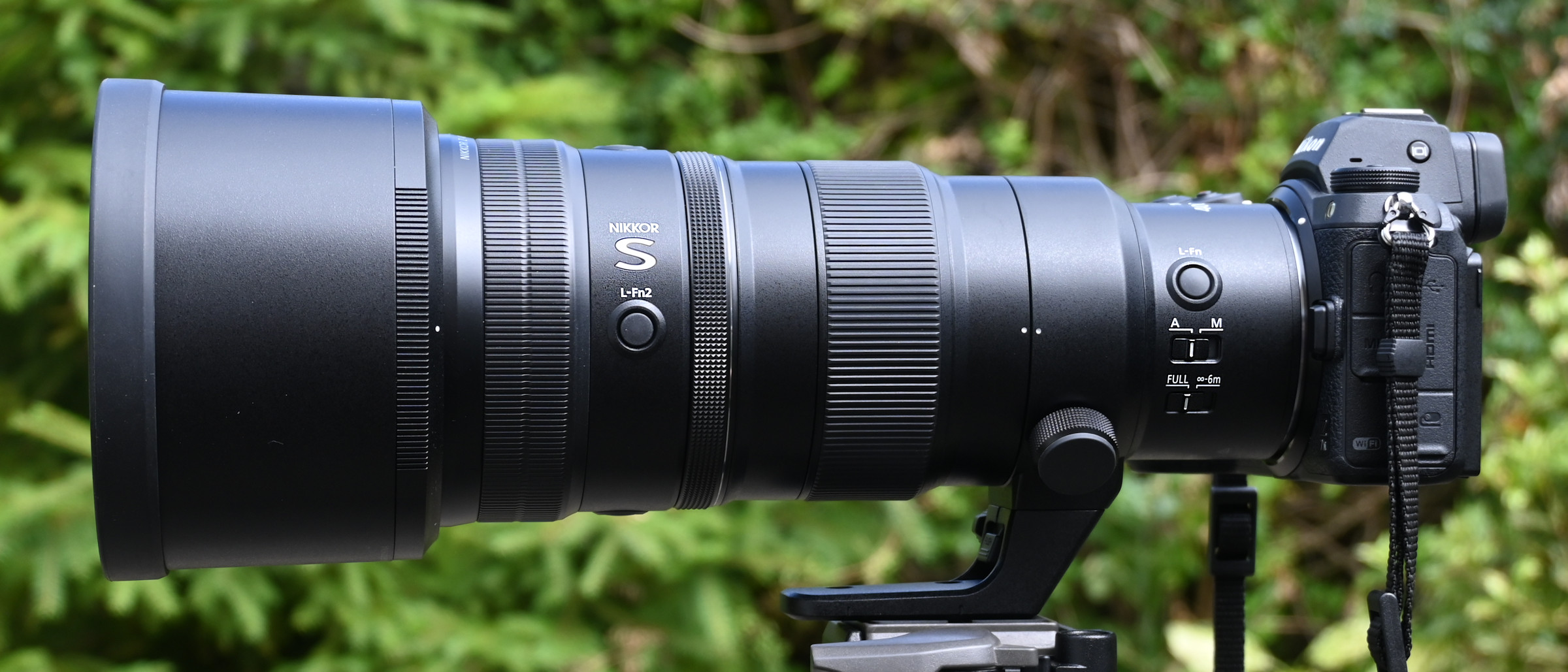Digital Camera World Verdict
This lens isn’t quite as scary sharp as the Nikon Z 400mm f/2.8 TC VR S but it still has sharpness in abundance. More importantly for most of us, it’s less than half the weight and a quarter of the price. Although it lacks the bigger lens’s built-in tele-converter, but it’s compatible with Nikon’s Z 1.4x and 2.0x tele-converters if you feel the need for extra reach. Build quality, handling and overall performance are epic so if you’re in the market for a super-tele prime for your Z system camera, the smart money’s on this lens.
Pros
- +
Superb image quality
- +
Excellent autofocus and stabilization
- +
Great handling
Cons
- -
Not the fastest aperture rating
- -
Not exactly inexpensive
Why you can trust Digital Camera World
Sure it doesn’t have a super-fast aperture rating but the Nikon Z 400mm f/4.5 VR S ticks every other box on a photographer’s wish list for a super-tele prime. And while many of us switching from DSLRs to mirrorless cameras were dreaming of downsized kit, that hasn’t been the case with many mirrorless lenses. By contrast, this lens is refreshingly compact and lightweight for a super-tele prime. Indeed the easily manageable size and weight are the first thing that hits you when you pick it up. It’s actually the smallest and lightest 400mm lens in Nikon’s long and illustrious history.
Specifications
Mount: Nikon Z
Full-frame: Yes
Autofocus: Yes
Stabilization: Yes
Lens construction: 19 elements in 13 groups
Angle of view: 6.2 degrees
Diaphragm blades: 9
Minimum aperture: f/32
Minimum focusing distance: 2.5m
Maximum magnification ratio: 0.16x
Filter size: 95mm
Dimensions: 104x235mm
Weight: 1,245g
Key features
There are 19 optical elements shoehorned into this relatively diminutive lens, including one ED (Extra-low Dispersion), two Super ED and an SR (Short-wavelength Refractive) element. The aim is to enhance clarity and color rendition while minimizing chromatic aberrations. Nano Crystal Coat is featured to fend off ghosting and flare, and a keep-clean fluorine coating is applied to the front element.
Autofocus is based on a virtually silent linear stepping motor system, which is fast for stills while enabling smooth focus transitions when shooting video. Vibration Reduction is courtesy of highly effective voice coil motors and gives a 5.5-stop advantage, rising to a 6-stop benefit in Synchro VR mode, which also utilizes the sensor-shift stabilization of compatible cameras.
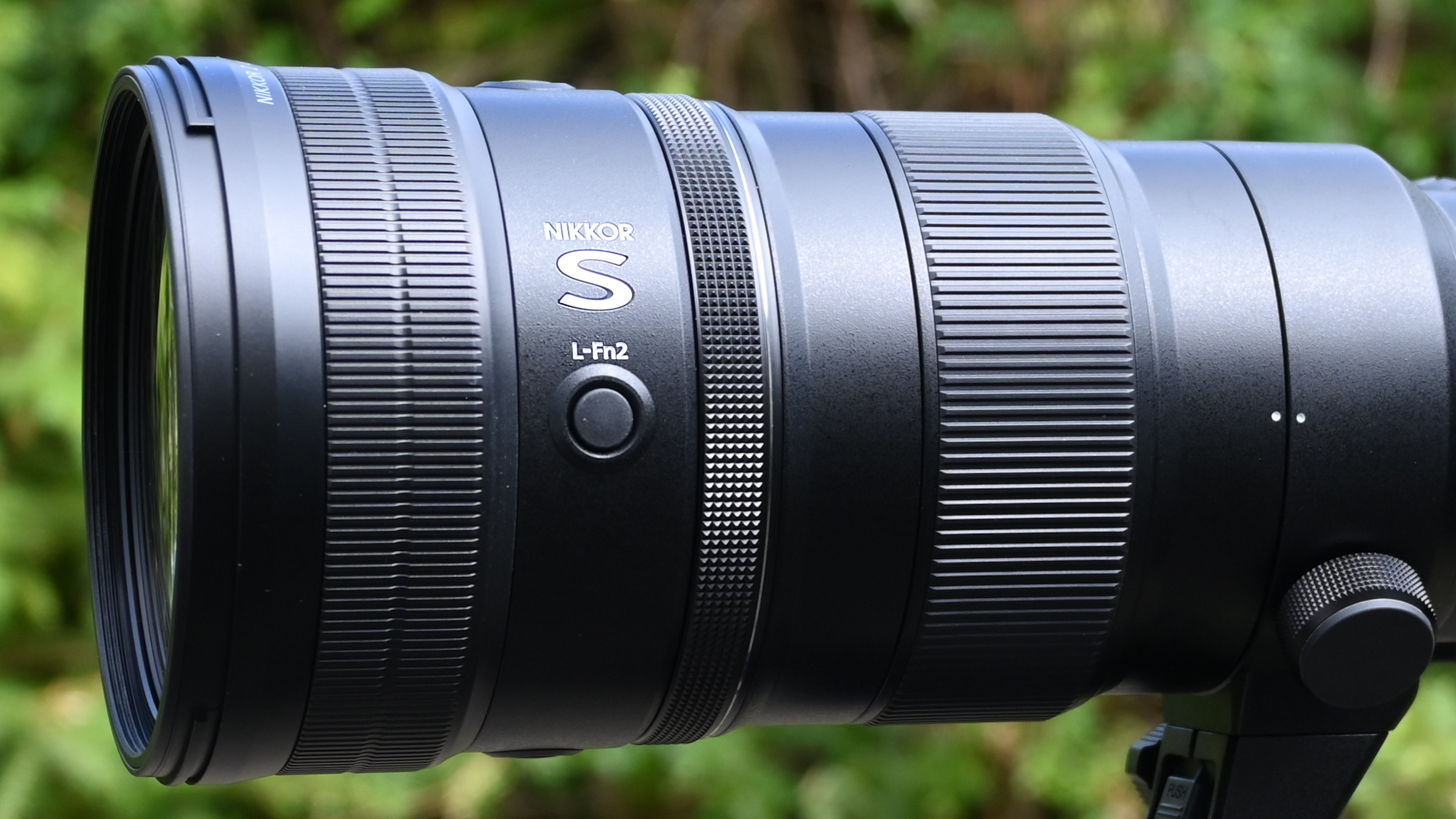
Build and handling
At 235mm in length and 1,245 grams in weight, the Z 400mm is easily manageable even for long periods of handheld shooting, where the VR system comes into its own. Many will therefore find the tripod mounting ring largely superfluous. There’s more good news in that you can remove the foot to further reduce the weight of the lens to 1,160g. Build quality is up to Nikon’s typically high Z S-line standard, and features comprehensive weather-seals.
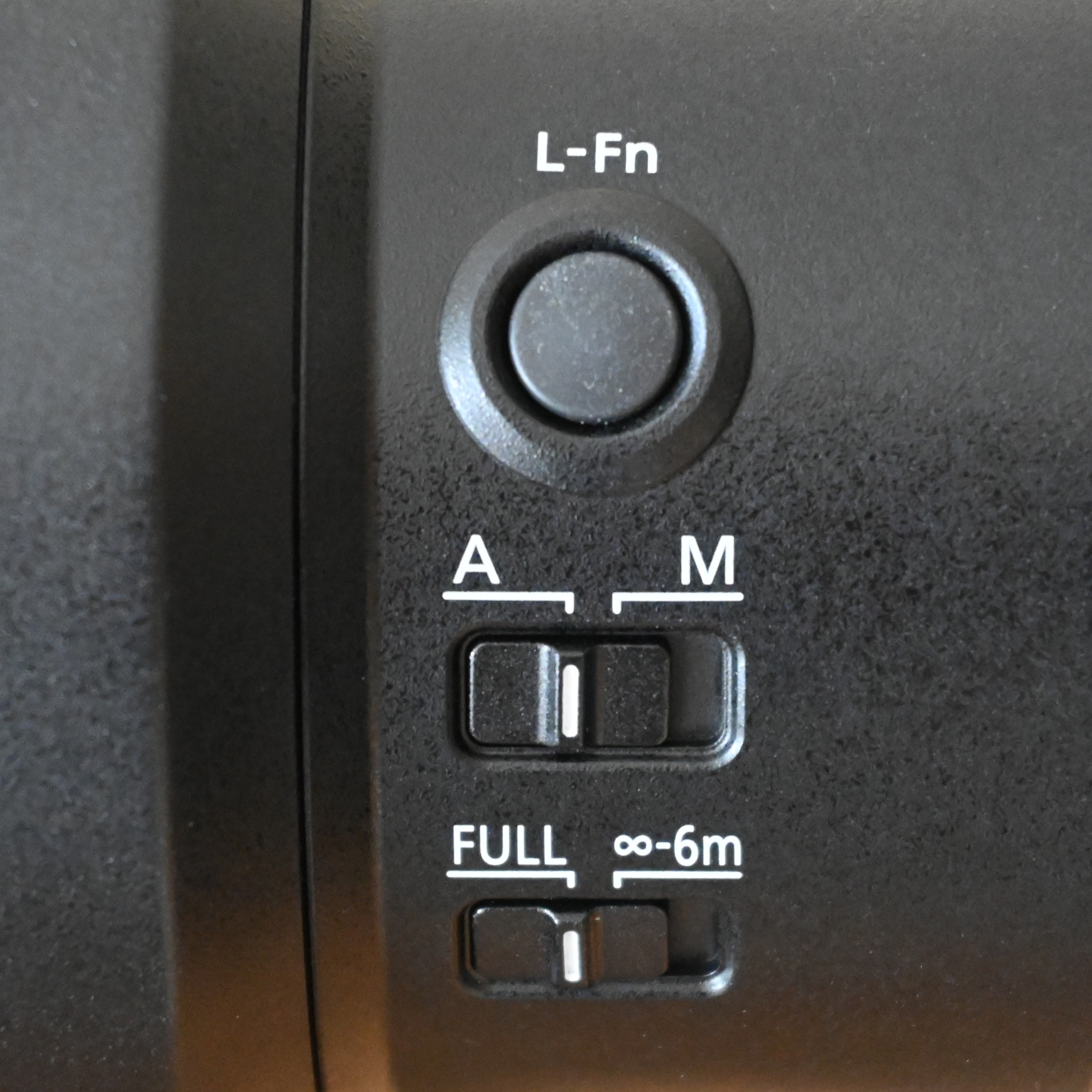
Handling extras include a secondary customizable control ring in addition to the customizable ring nominally used for manual focusing and manual override of autofocus. There’s a Lens-function button at the rear, plus a rank of four Lens-function 2 buttons towards the front, positioned at 90-degree intervals around the barrel. Both can be customized to take on alternative functions. You also get an A/M focus mode switch plus an autofocus range limiter which locks out closer focus distances between 2.5m and 6m. On the opposite side of the lens is a Memory Set button, enabling you to instantly return to a preset focus distance.
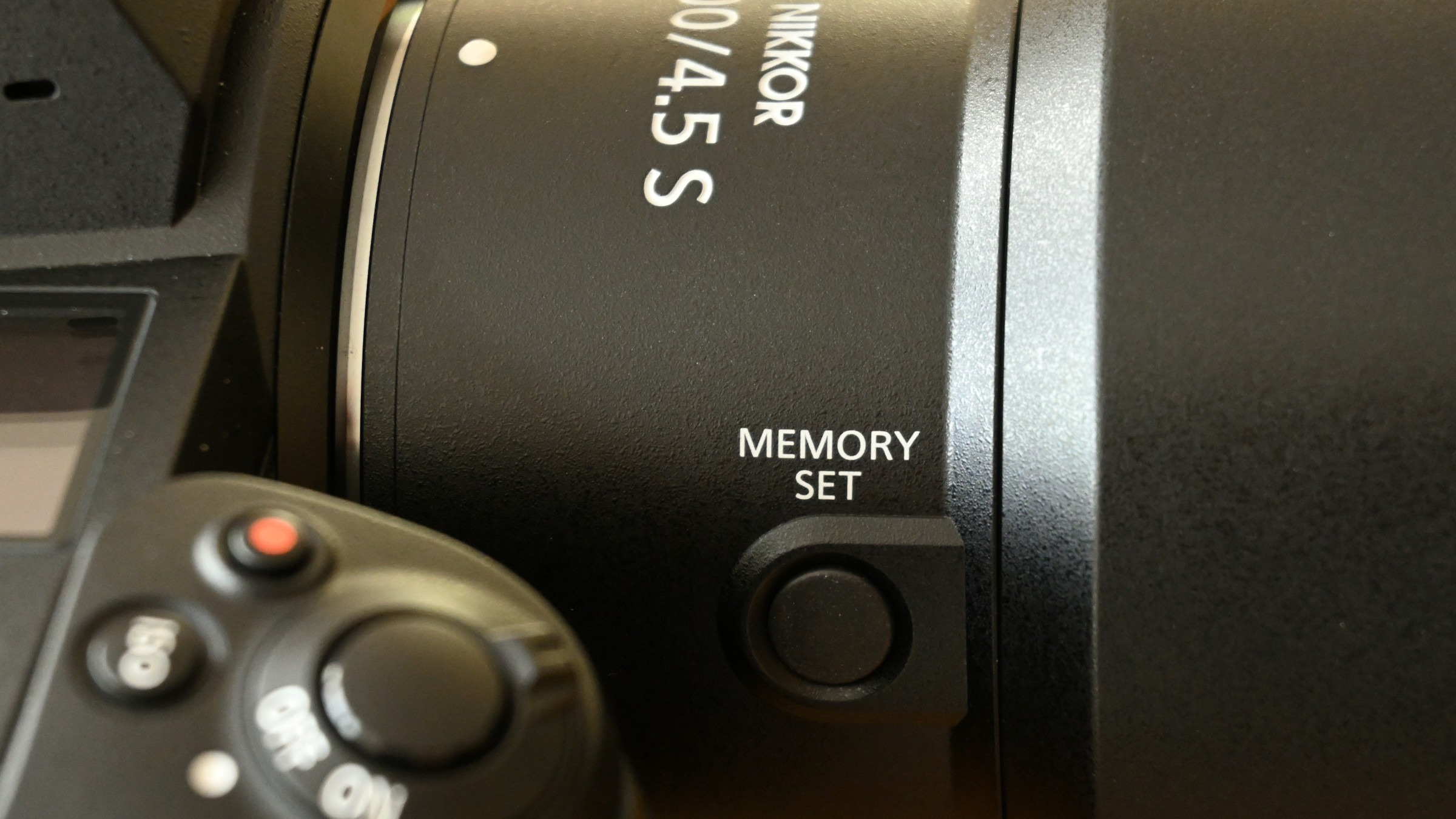
Naturally, this lens lacks the convenience of a built-in 1.4x tele-converter, as featured in the Nikon Z 400mm f/2.8 TC VR S. However, there’s a lot to be said for only upsizing the lens when you really need to, adding a 1.4x or 2.0x tele-converter from Nikon’s Z-mount line-up. The only thing that’s physically big about this lens is the filter thread, which has a diameter of 95mm.
Performance
Living up to its claims, autofocus is super-fast and highly accurate, while optical image stabilization is highly effective. It’s a powerful combination that delivers an excellent hit rate even for tricky subjects in difficult shooting conditions. The high-performance AF and VR systems are backed up by superb handling and fabulous image quality in all respects.
Sample images





Lab results
We run a range of lab tests under controlled conditions, using the Imatest Master testing suite. Photos of test charts are taken across the range of apertures and zooms (where available), then analyzed for sharpness, distortion and chromatic aberrations.
We use Imatest SFR (spatial frequency response) charts and analysis software to plot lens resolution at the center of the image frame, corners and mid-point distances, across the range of aperture settings and, with zoom lenses, at four different focal lengths. The tests also measure distortion and color fringing (chromatic aberration).
Sharpness:
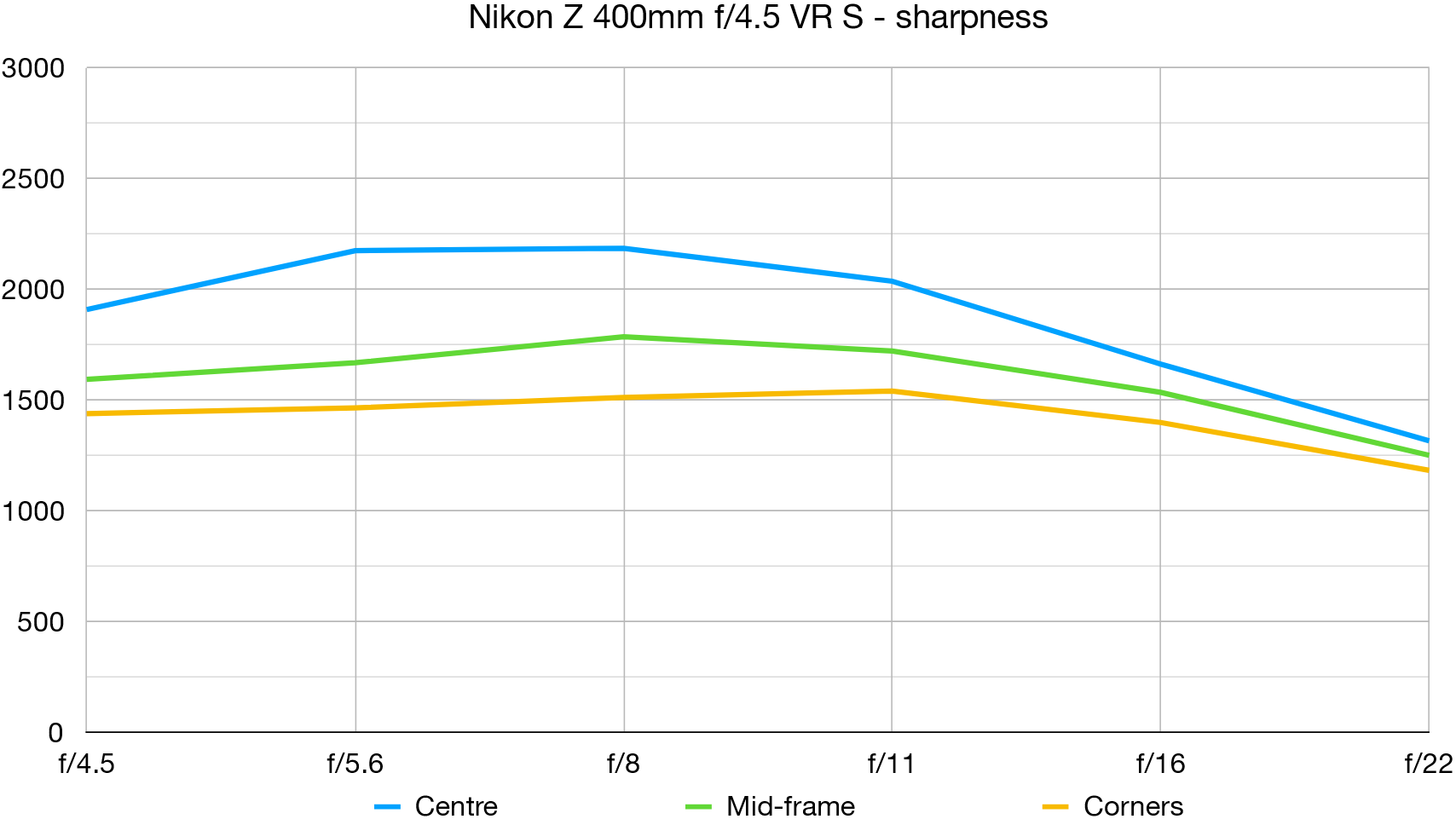
Sharpness is excellent right out to the edges of the frame, even when shooting wide-open at f/4.5. It’s an important consideration when you need fast shutter speeds for freezing motion in action, sports and wildlife photography.
Fringing:
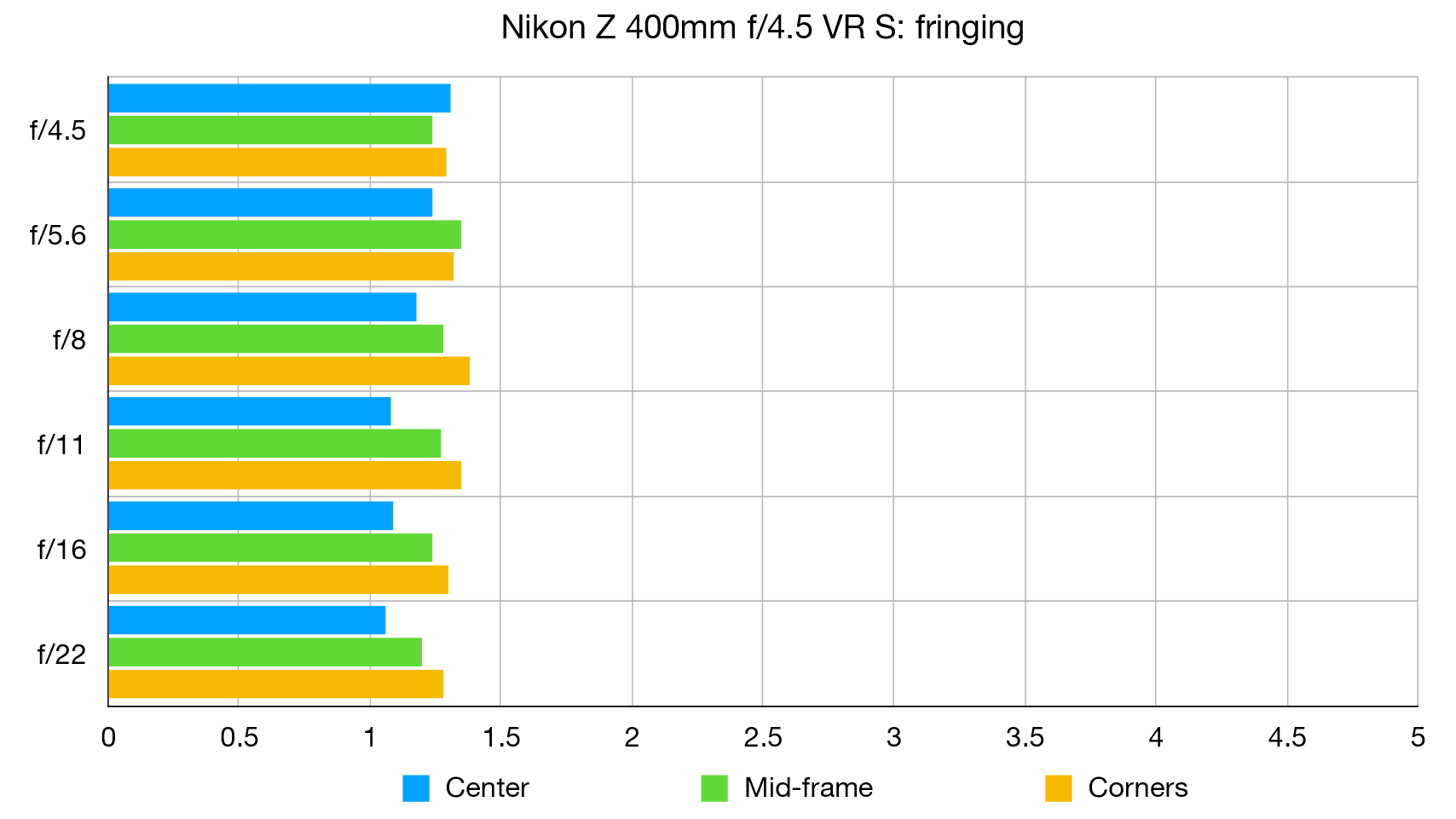
There’s marginally more color fringing across the whole frame than from the super-pricey Nikon Z 400mm f/2.8 TC VR S but it’s still of a very low order and will generally go unnoticed, even without taking advantage of automatic in-camera correction.
Distortion: 0.71
There’s a very slight touch of pincushion distortion but, as with color fringing, it’s a tiny amount that’s easily corrected either automatically in-camera or when editing images.
Verdict
This lens isn’t quite as scary sharp as the Nikon Z 400mm f/2.8 TC VR S but it still has sharpness in abundance. More importantly for most of us, it’s less than half the weight and a quarter of the price. Although it lacks the bigger lens’s built-in tele-converter, but it’s compatible with Nikon’s Z 1.4x and 2.0x tele-converters if you feel the need for extra reach. Build quality, handling and overall performance are epic so if you’re in the market for a super-tele prime for your Z system camera, the smart money’s on this lens.
Read more:
• Best camera lenses to get
• Best Canon lenses
• Best Nikon lenses
• Best Sony lenses
Matthew Richards is a photographer and journalist who has spent years using and reviewing all manner of photo gear. He is Digital Camera World's principal lens reviewer – and has tested more primes and zooms than most people have had hot dinners!
His expertise with equipment doesn’t end there, though. He is also an encyclopedia when it comes to all manner of cameras, camera holsters and bags, flashguns, tripods and heads, printers, papers and inks, and just about anything imaging-related.
In an earlier life he was a broadcast engineer at the BBC, as well as a former editor of PC Guide.

